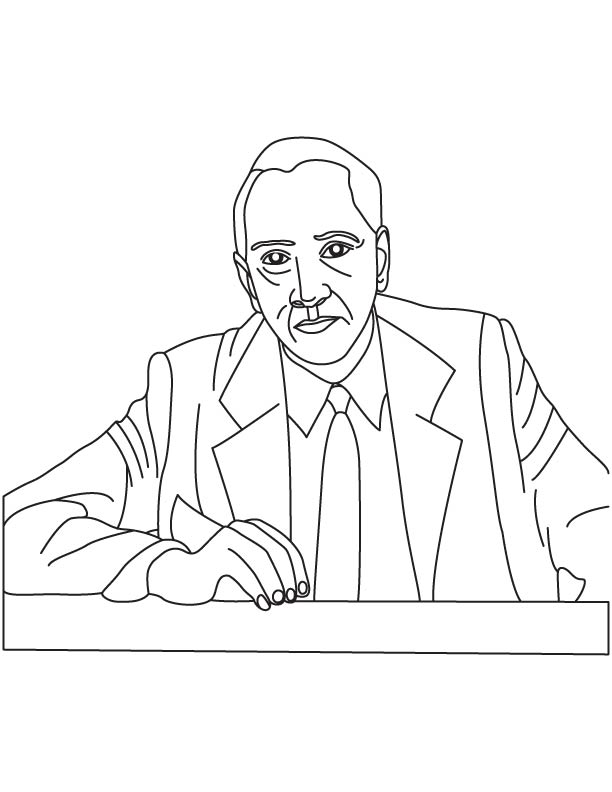Coloring Pages
- Activities Coloring Pages
- Animals and their Homes Coloring Pages
- Animals Coloring Pages
- Baby Animals Coloring Pages
- Cartoons Characters Coloring Pages
- Clothing Coloring Pages
- Coloring Pages for Teens
- Commonwealth Games Coloring Pages & Posters
- Connect the Dots Numbers
- Construction Vehicles and Tools Coloring Pages
- Culture and Tradition Coloring Pages
- Domestic/Farm Animals Coloring Pages
- Educational & Preschool Coloring Pages
- Fantasy, Medieval and Fairy Tales Coloring Pages
- Festivals Around the World Coloring Pages
- Flags of the Nations Coloring Pages
- Flower Coloring Pages
- Food and Agriculture Coloring Pages
- Health and Fitness Coloring Pages
- Holidays & Celebrations Coloring Pages
- House, Building and Home Coloring Pages
- Jungle Coloring Pages
- Maths Worksheets
- Music Coloring Pages
- Nature & Landscapes Coloring Pages
- Parts of Body Coloring Pages
- People, Occupations & Professions Coloring Pages
- Religious Coloring Pages
- Road Sign, Safety, Good Manner, Habit Coloring Pages
- Seasons, Calendar, Time & Money Coloring Pages
- Silhouettes
- Space & Exploration Coloring Pages
- Sports & Recreation Coloring Pages
- Stories, Tales and Classics Characters Coloring Pages
- Toys Coloring Pages
- Trophies, Medals and Awards Coloring Pages
- Vehicles & Transportation Coloring Pages
- World Famous Great Inventions
- World Famous Great Scientist and Inventors
Alexander Fleming coloring pages


Sir Alexander Fleming was born at Lochfield near Darvel in Ayrshire, Scotland on 6 August, 1881. He attended Louden Moor School, Darvel School, and Kilmarnock Academy before moving to London where he attended the Polytechnic. He spent four years in a shipping office before entering St. Mary's Medical School, London University. He qualified with distinction in 1906 and began research at St. Mary's under Sir Almroth Wright, a pioneer in vaccine therapy. Alexander Fleming was a Scottish bacteriologist, famous for his discovery of penicillin. Fleming grew up on a farm. As a young man, he served in World War I in the Medical Corps, giving him an opportunity to witness the deaths of many soldiers from infected wounds. After the war, he accidentally discovered antibiotics. In 1945, he was co-awarded the Nobel Prize in Physiology or Medicine. In 1928, while working on influenza virus, he observed that mould had developed accidently on a staphylococcus culture plate and that the mould had created a bacteria-free circle around itself. He was inspired to further experiment and he found that a mould culture prevented growth of staphylococci, even when diluted 800 times. He named the active substance penicillin. He died on 11 March, 1955.




 Print this page
Print this page














































































































































